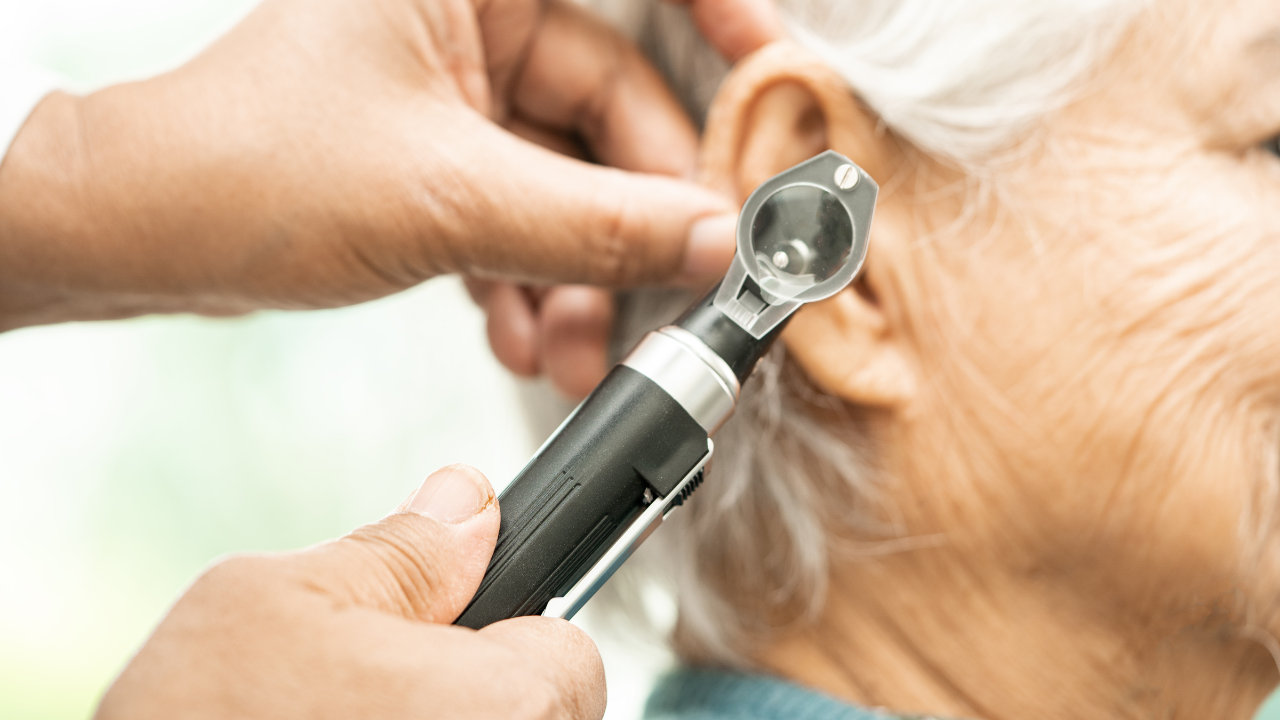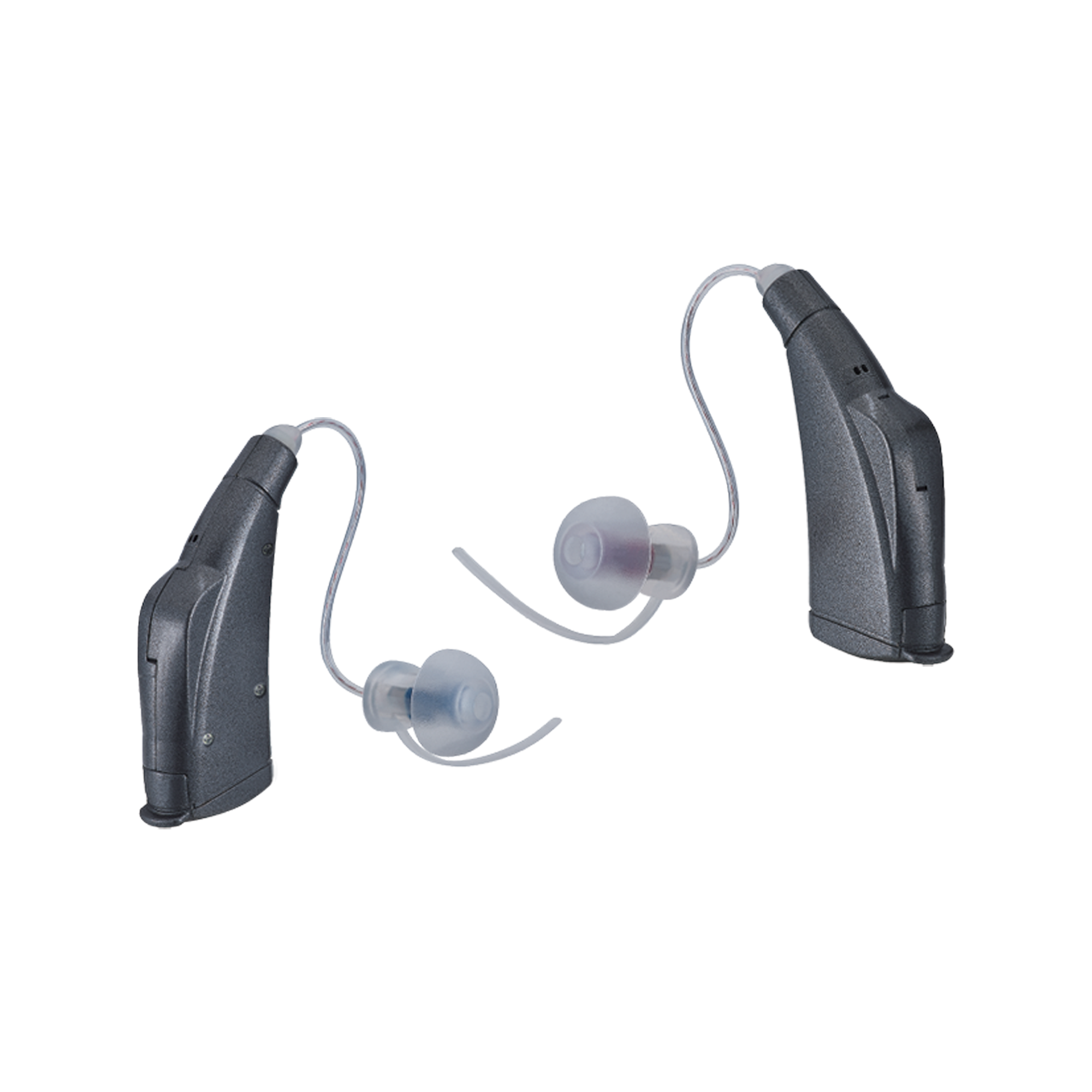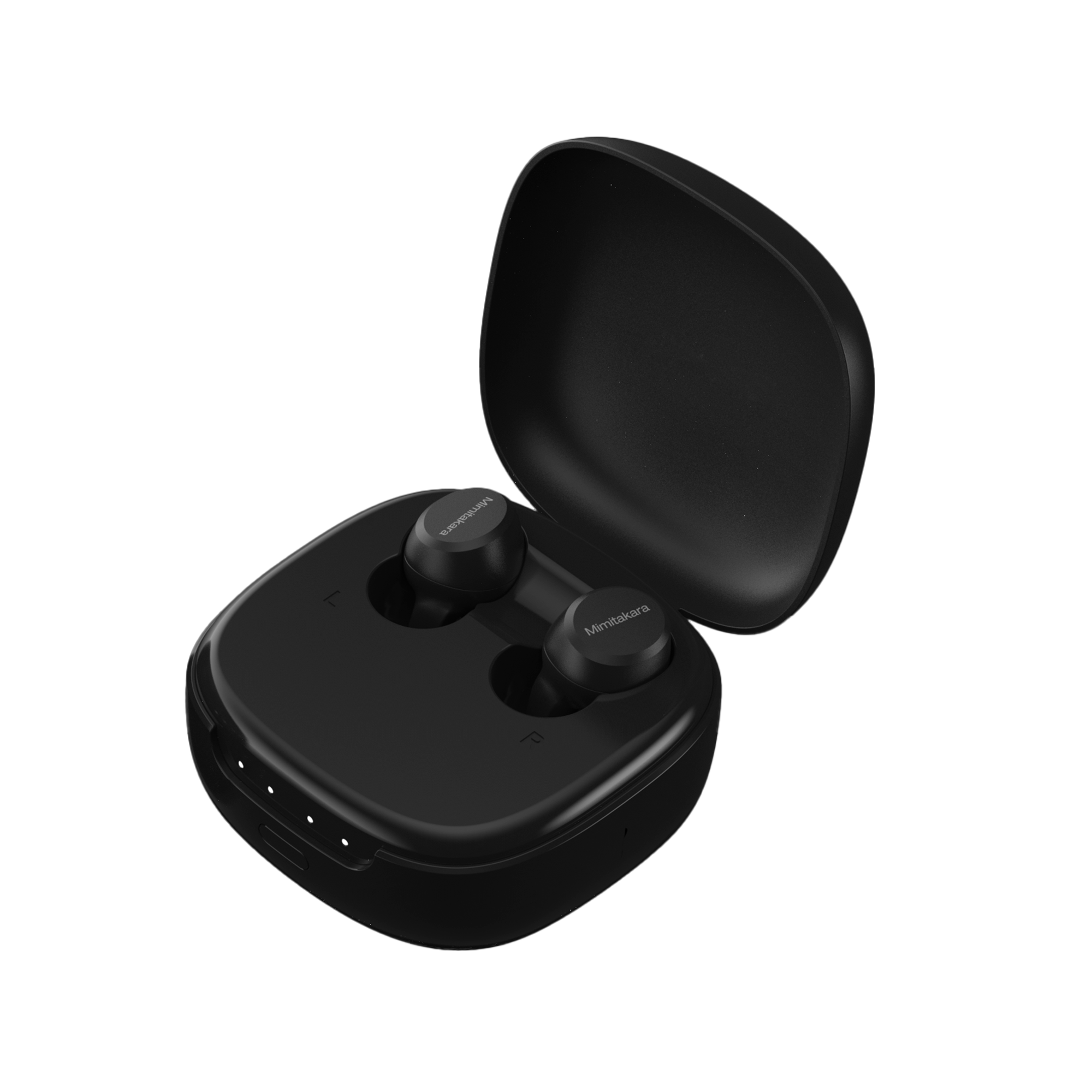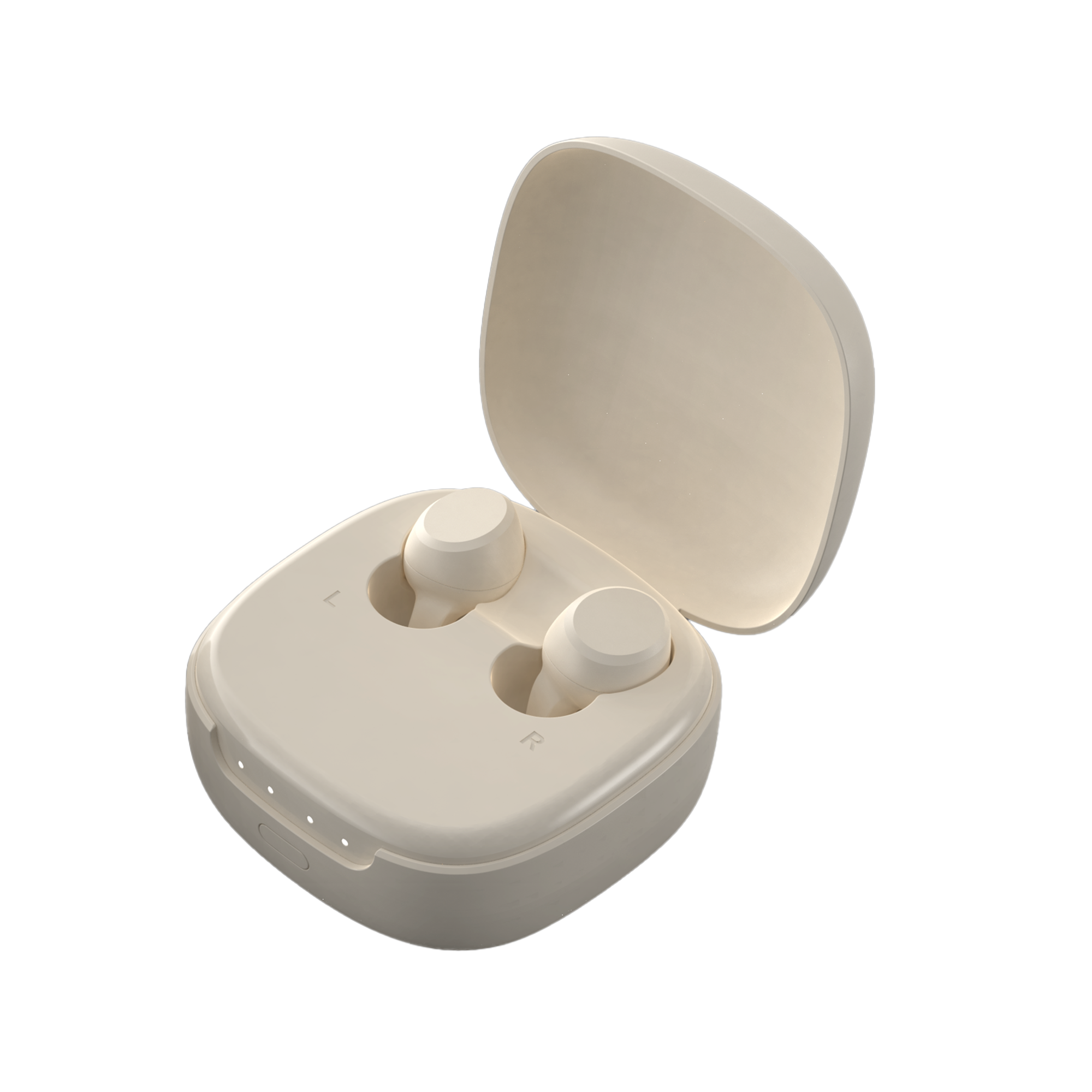Introduction
Getting a new pair of hearing aids is an exciting step toward better hearing and an improved quality of life. However, adjusting to a new hearing aid can take time. Whether you're new to hearing aids or upgrading to a more advanced model, the transition can come with challenges. The good news is that with the right guidance and patience, adjusting to your hearing aids can be a smooth and rewarding process.
In this comprehensive guide, we’ll walk you through 7 effective tips to help you adapt to your new hearing aids. By understanding how your hearing aids work and setting realistic expectations, you can ensure a successful transition and start enjoying clearer sound with ease.
1. Start Slowly and Gradually Increase Usage
When you first begin wearing your hearing aids, don’t try to wear them for an entire day immediately. Start by wearing them for short periods, such as 1-2 hours a day, and gradually increase the duration as your comfort level improves. This gradual adjustment period allows your brain to acclimate to the enhanced sound without overwhelming you.
Why Gradual Adjustment is Key:
- Helps the brain adjust: Your brain needs time to process the new sounds.
- Avoids fatigue: Long periods of hearing amplified sound can feel tiring at first.
- Prevents discomfort: Gradually increasing wear time allows for adjustments to fit and comfort.
| Week | Wear Time Per Day | Goal |
| Week 1 | 1-2 hours | Get used to wearing hearing aids. |
| Week 2 | 3-4 hours | Increase comfort and start wearing in different environments. |
| Week 3-4 | 6-8 hours | Wear hearing aids throughout the day. |
| Week 4+ | Full-day use | Full-time use and natural integration into daily activities. |
2. Understand the Controls and Features
Modern hearing aids come with a wide range of features, including volume controls, directional microphones, and Bluetooth connectivity. Take the time to familiarize yourself with these features. Your audiologist should provide you with a user manual or tutorial on how to use your hearing aids effectively.
Common Features to Learn About:
- Volume control: Adjusts the loudness of sounds in different environments.
- Directional microphones: Focus on sounds in front of you while reducing background noise.
- Connectivity: Some hearing aids can connect to smartphones, TVs, or other devices via Bluetooth.
- Memory settings: Certain models can store different programs for various environments (e.g., quiet, noisy, or outdoor).
External Link: For more information on the latest hearing aid features, refer to Healthy Hearing’s Guide.
3. Keep Your Hearing Aids Clean and Well-Maintained
Regular cleaning and maintenance are essential for prolonging the lifespan of your hearing aids and ensuring optimal performance. Dirt, wax, and moisture can accumulate on your hearing aids, affecting their sound quality and functionality. Make it a habit to clean your hearing aids daily and schedule professional maintenance when needed.
Tips for Cleaning Your Hearing Aids:
- Daily Cleaning: Use a soft cloth or brush to remove debris or earwax.
- Dehumidify: Store your hearing aids in a dry, dehumidified container to prevent moisture buildup.
- Battery Care: Remove the batteries when not in use to preserve battery life.
- Regular Professional Checkups: Visit your audiologist for routine maintenance and adjustments.
4. Manage Expectations for Sound Quality
When you first begin wearing hearing aids, the sounds around you may seem different. You may hear sounds you hadn’t noticed before, such as the hum of a refrigerator or the rustle of leaves. This is normal, and with time, your brain will adjust to these new sounds. Be patient and give yourself time to get used to these changes.
What to Expect:
- New sounds: You may hear noises you weren’t aware of before, such as footsteps or the sound of your own voice.
- Feedback and distortion: Some users experience feedback or distortion at first. Your audiologist can adjust the settings to help mitigate this.
- Background noise: It may take time to adjust to background noise in busy environments. Modern hearing aids with noise reduction can help with this.
For more information on how hearing aids work, visit Mimitakara's Guide to Hearing Aid Technology.
5. Wear Your Hearing Aids in Different Environments
Wearing your hearing aids in a variety of environments will help you get used to the different types of sound you’ll encounter throughout the day. Start by wearing your hearing aids in quiet environments, such as your home, and then gradually wear them in more challenging environments, such as busy streets, restaurants, or social gatherings.
Suggested Environments for Adjustment:
- Home: Start in quiet rooms to get used to the amplification of normal sounds.
- Outdoors: Test your hearing aids outside to get used to wind and traffic sounds.
- Crowded areas: Gradually expose yourself to background noise, like in shopping malls or cafes.
| Environment | Challenge Level | Recommended Adjustment |
| Quiet home | Low | Start using for short periods of time. |
| Outdoor/Street | Medium | Increase usage as you get more comfortable. |
| Noisy restaurant | High | Wear for short periods, focusing on speech clarity. |
6. Communicate with Your Audiologist
Adjusting to your new hearing aids can be a trial and error process. Don’t hesitate to communicate with your audiologist if you encounter any difficulties. Whether you’re experiencing discomfort, issues with sound quality, or difficulty adjusting to background noise, your audiologist can fine-tune the settings for optimal performance.
When to Contact Your Audiologist:
- Uncomfortable Fit: If the hearing aids feel uncomfortable or too tight.
- Sound Issues: If the sound is too loud, too soft, or distorted.
- Feedback or Whistling: If you hear persistent feedback or whistling noises.

7. Be Patient and Persistent
The process of adjusting to new hearing aids can take some time, and patience is key. Don’t be discouraged if you don’t notice immediate improvements in your hearing. Over time, your brain will adjust to the amplified sounds, and you will begin to notice clearer, more natural hearing.
Patience Is Key:
- Allow time for adjustment: It may take several weeks for your brain to adapt fully.
- Practice and persistence: The more consistently you wear your hearing aids, the faster your brain will adjust.
- Celebrate small wins: Recognize improvements in hearing, even if they seem minor, as progress.
Conclusion
Adjusting to new hearing aids is an important step toward improving your hearing and overall quality of life. By following these seven tips, including gradual wear, understanding controls, and maintaining the devices, you can ensure a smoother transition. Remember, patience and persistence are essential for success, and with the right support from your audiologist, you’ll soon enjoy the full benefits of your hearing aids.
If you’re ready to take control of your hearing health, explore Mimitakara’s hearing aid collection for the latest in hearing technology.
FAQ
Q1: How long does it take to get used to hearing aids?
It can take anywhere from 2-4 weeks to adjust fully to your hearing aids. Gradually increasing wear time and practicing in different environments will help.
Q2: What should I do if my hearing aids don’t fit properly?
If your hearing aids are uncomfortable or don’t fit correctly, contact your audiologist. They can adjust the fit or suggest different styles of hearing aids.
Q3: How can I keep my hearing aids in good condition?
Regular cleaning, keeping them dry, and storing them properly are essential for maintaining hearing aids. Schedule professional check-ups with your audiologist as needed.














